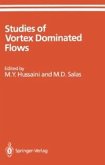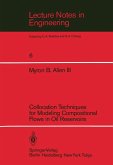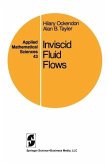Turbulent reactive flows are of common occurrance in combustion engineering, chemical reactor technology and various types of engines producing power and thrust utilizing chemical and nuclear fuels. Pollutant formation and dispersion in the atmospheric environment and in rivers, lakes and ocean also involve interactions between turbulence, chemical reactivity and heat and mass transfer processes. Considerable advances have occurred over the past twenty years in the understanding, analysis, measurement, prediction and control of turbulent reactive flows. Two main contributors to such advances are improvements in instrumentation and spectacular growth in computation: hardware, sciences and skills and data processing software, each leading to developments in others. Turbulence presents several features that are situation-specific. Both for that reason and a number of others, it is yet difficult to visualize a so-called solution of the turbulence problem or even a generalized approach to the problem. It appears that recognition of patterns and structures in turbulent flow and their study based on considerations of stability, interactions, chaos and fractal character may be opening up an avenue of research that may be leading to a generalized approach to classification and analysis and, possibly, prediction of specific processes in the flowfield. Predictions for engineering use, on the other hand, can be foreseen for sometime to come to depend upon modeling of selected features of turbulence at various levels of sophistication dictated by perceived need and available capability.
Dieser Download kann aus rechtlichen Gründen nur mit Rechnungsadresse in A, B, BG, CY, CZ, D, DK, EW, E, FIN, F, GR, HR, H, IRL, I, LT, L, LR, M, NL, PL, P, R, S, SLO, SK ausgeliefert werden.









